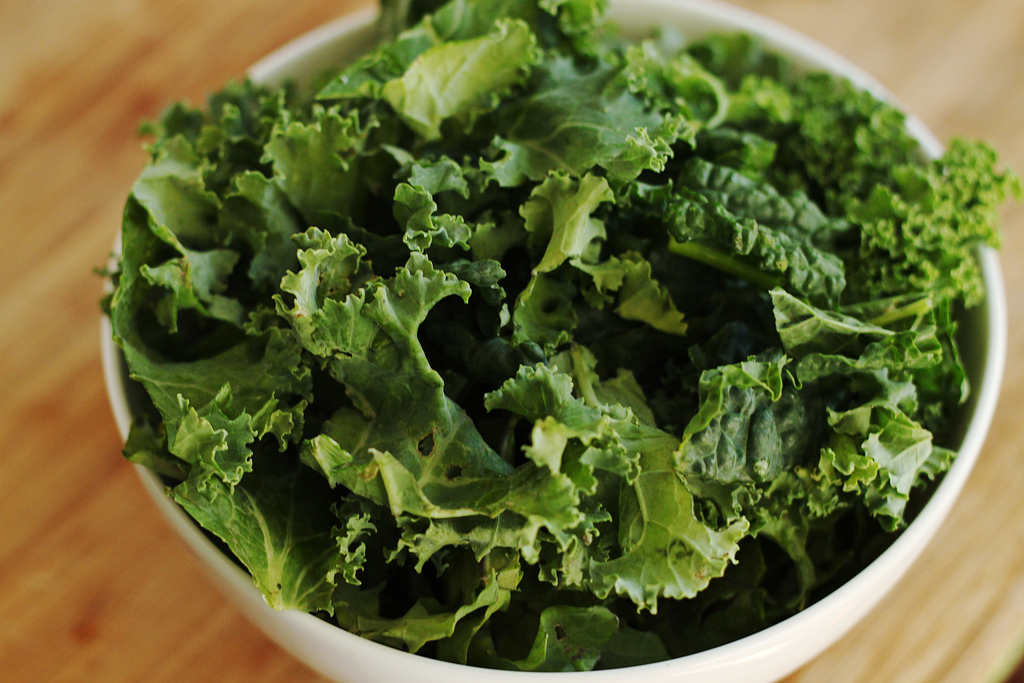Move over kale….the new green on menus is Collard Greens. They may be the new trendy food in restaurants this year, but collard greens has long be a staple on the tables of many southern families. Collard greens, which are loaded with calcium, vitamins A and K, cancer-fighting antioxidants, and fiber have plenty of health benefits. They help promote bone health, they anti-cancer properties, and anti-inflammatory benefits. Plus we all know we should eat 3-5 servings of leafy greens a week. However, if you are on blood thinners you should not drastically increase the amount of greens you’re eating.
We’ve had our first cold weather here in the South and some folks say the cold snap helps bring out the sugars in greens and that makes them taste their best. It’s a great time to incorporate collard greens into your menu. When shopping, look for dark green leaves without any yellowing or brown spots. And make sure they’re not wilted. Collard greens should be quite stiff – kind of like fans.
How to Prepare
Fill a sink or large bowl with cool water. Place your greens in the water and swish them around to loosen the dirt. Remove the greens from the water. Rinse with more water.
Hold each leaf by the stem. With the other hand, zip the leafy part off the stem. Discard the stems. Cut the leaves into strips.
Rinse the greens again thoroughly until the water is clear. If you’re preparing a small amount you can swirl the greens in a salad spinner filled with water. Lift out the basket; discard the water. Repeat until no dirt remains.
One way to cook collard greens is to steam them, but they can also be sautéed in a little olive or coconut oil, or braised slowly. In fact, to get the best flavor from the greens you either want to cook them very quickly or very slowly. You can also serve them raw, as in this Collard Greens, Potato and Chickpea Salad recipe.

